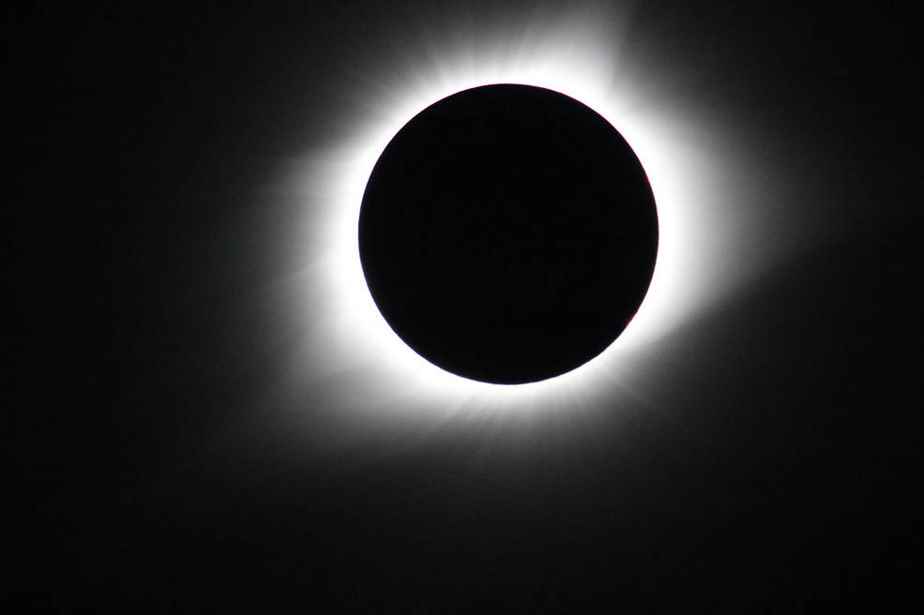Posted at 7:00 a.m.
Byzantine eclipses
The length of the day varied unexpectedly in late antiquity, according to Japanese astronomers. Researchers from the University of Tsukuba studied the records of the Byzantine Empire and found five mentions of eclipses in 346, 418, 484, 601 and 693. Each time, the eclipse should not have been visible from Constantinople, which led to a reassessment of the length of the Earth day, upwards for the Ve century and downwards for the VIe and VIIe centuries. These data have an impact on other types of measurements, in particular the level of the sea, because of the tides, write the Japanese researchers in the Publications of the Astronomical Society of the Pacific.
Quiz
What important discovery in the history of medicine was made in Borneo?

PHOTO FROM GRIFFITH UNIVERSITY WEBSITE
Bones of 31,000-year-old amputee unveiled in Borneo
The first amputation, carried out 31,000 years ago, 24,000 years earlier than the amputation thought to be the oldest until then, dating from prehistoric Bulgaria. Researchers from Griffith University in Brisbane, Australia, who published their findings in early September in the journal Naturereport that a 20-year-old man had suffered a below-knee amputation as a teenager.
The number
5.8%

PHOTO MUSTAFA ABUMUNES, AGENCE FRANCE-PRESSE ARCHIVES
Walking 10,000 steps a day would reduce mortality by 5.8%, according to a new study.
That’s the reduction in mortality that 10,000 steps a day provide, according to a new study that followed 78,000 British adults for seven years. Not insignificant detail, mortality decreased with the number of steps up to 10,000 per day, then remained stable up to 20,000 steps per day. And mortality paradoxically decreased less in people who walked spontaneously faster. When the researchers took into account confounding factors, such as body mass index, cardiovascular mortality decreased up to 10,000 steps and then returned to normal at 20,000 steps per day. The average age of the guinea pigs was 60 years old at the start and 2.8% of them died during the follow-up.
Juno close to Europe

PHOTO FROM NASA WEBSITE
Jupiter’s moon Europa photographed by Juno end of September
The distance Montreal-Quebec. This is what separated the probe Juno Europa, an icy moon of Jupiter, on September 29. Launched in 2011, Juno orbits Jupiter since 2016. It has recorded deep microwave data from Europa, which may harbor bacterial life in subterranean oceans. Galileothe other probe that explored Jupiter (between 1995 and 2003), passed closer to Europa, but did not have such a microwave radiometer.
The Caucasus in Greek Sicily

IMAGE FROM WIKIMEDIA COMMONS
The Battle of Himera in 480 BC according to Giuseppe Sciuti (1834-1911)
The Greek colony of Himera, Sicily employed mercenaries from the Caucasus and Scandinavia in the Ve century BC, discovered by American and European archaeologists. They base their analysis on the genotype of 54 remains of soldiers who died in a battle between Greeks and Carthaginians. The study was published in mid-September in the journal PNAS.

